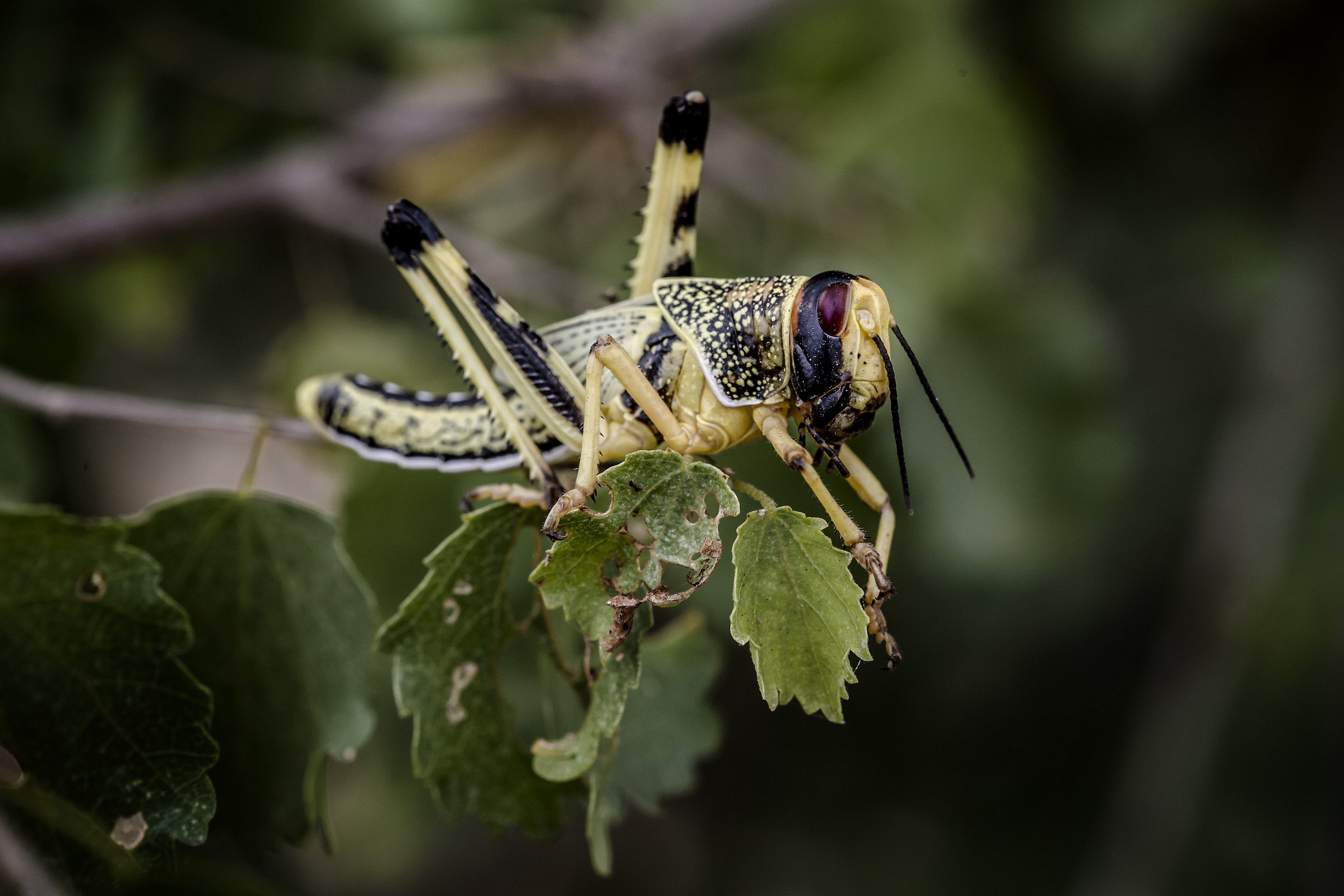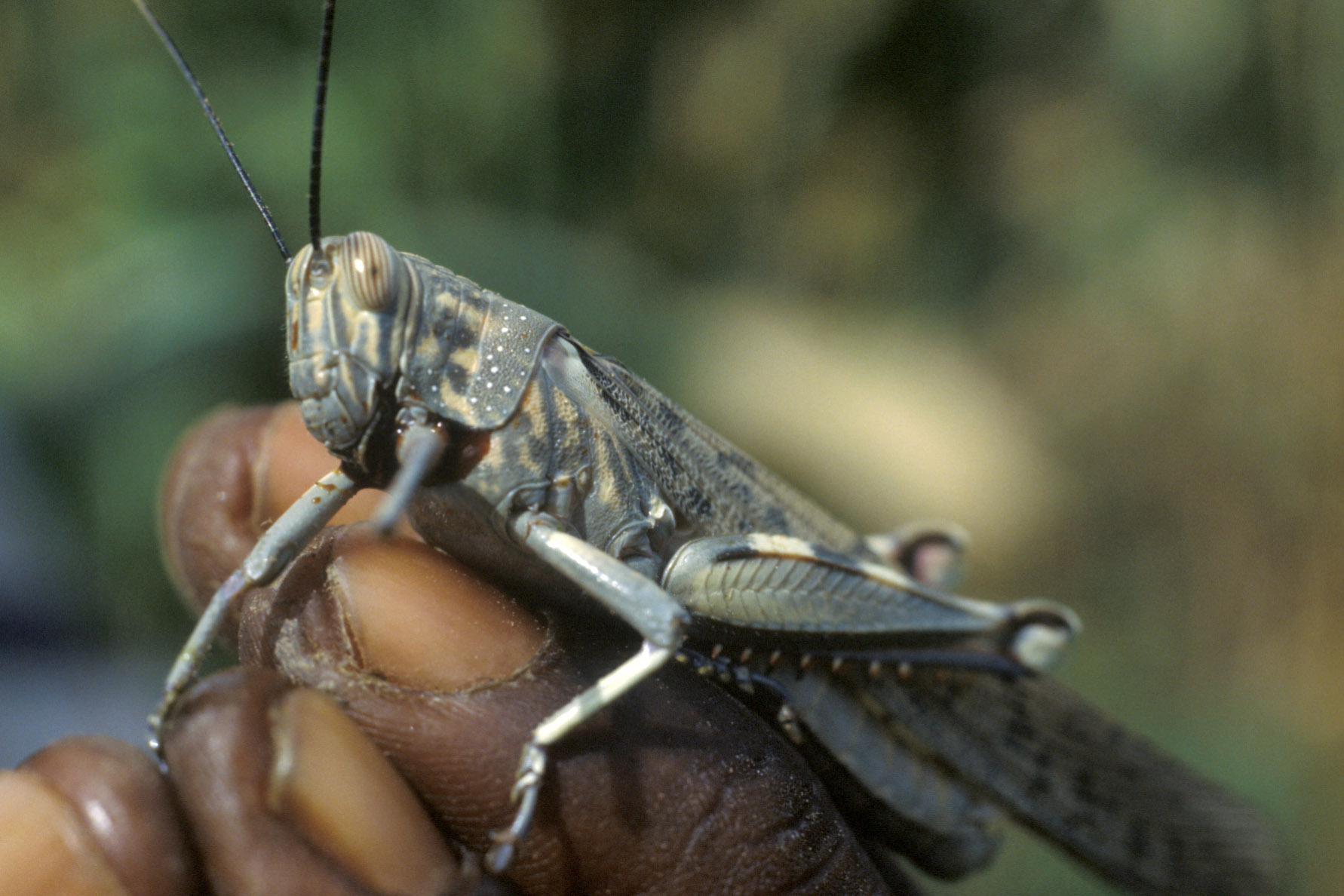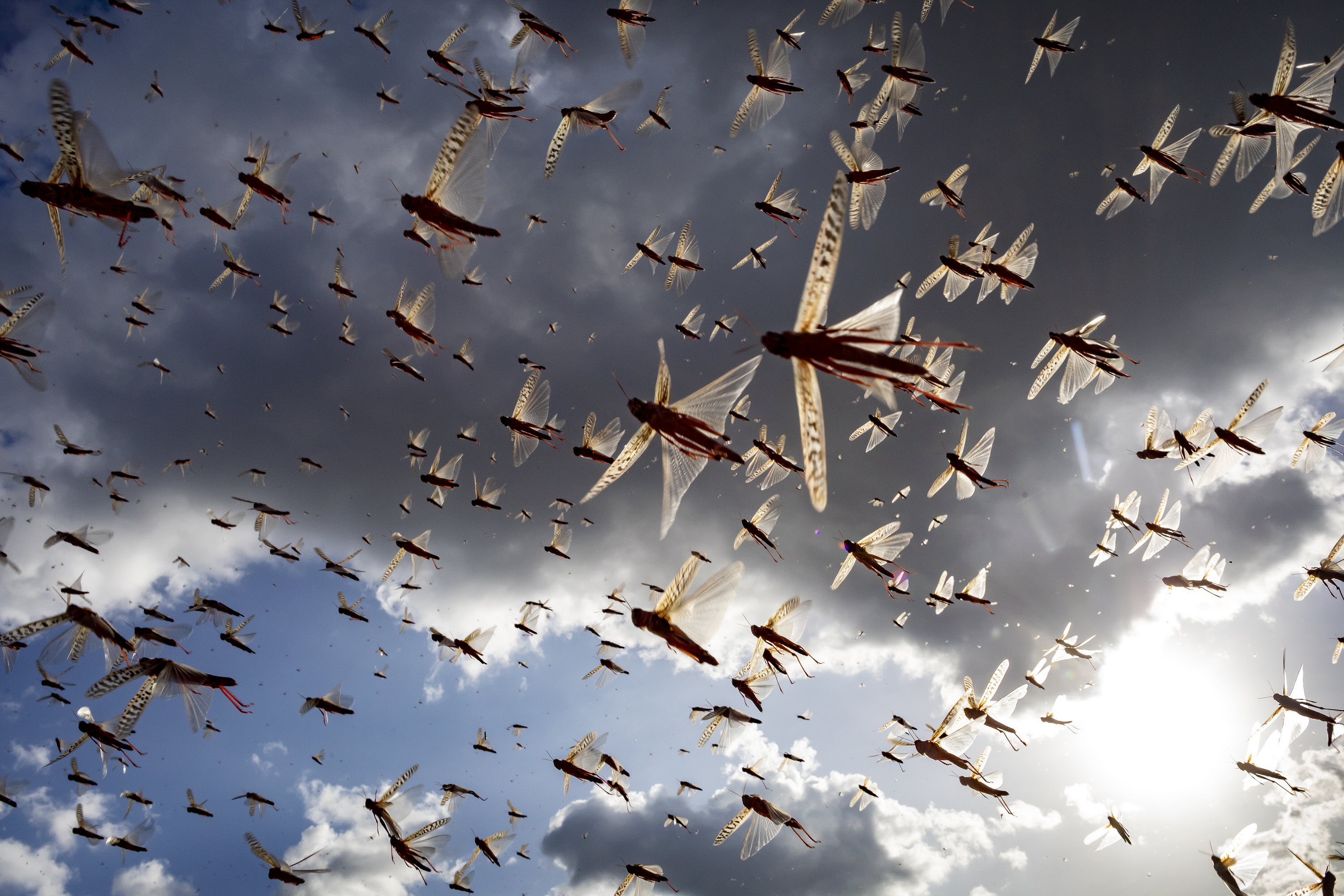3 June 2024: all outbreaks ended

Key points
- Overview: Outbreaks finished during the last winter and spring.
- Current situation: One generation of limited spring breeding in Saudi Arabia and Egypt; low numbers of locus in Yemen and northern Somalia.
- Control: Operations continued to decrease by 50% in May compared to April.
- June: Above-average rainfall is expected to start at the end of June in the summer breeding areas of northern Sahel from Mauritania to western Eritrea, Yemen and the Indo-Pakistan border; there is a risk of cyclones in June along the Gulf of Aden and Arabian Sea.
In May, the second-generation winter breeding declined on the Red Sea coast, while one generation of limited spring breeding and control occurred in the interior of Saudi Arabia and Egypt with the presence of hoppers, several groups and some bands. A few adult groups were observed in the northern Nile Valley of Sudan, and low numbers of adults were present in northwest Somalia and eastern Yemen. Isolated adults were seen in southeast Iran and the central Sahara of Algeria.
The forecast indicates that there is a continued risk of cyclone activity in June along the Gulf of Aden and the Arabian Peninsula. Weather models continue to predict above-average rainfall will occur by the end of June in the northern Sahel region of southern Mauritania, northern Mali and Niger, central and northeast Chad, West Darfur of Sudan, and the western lowlands of Eritrea as well as the interior of Yemen. This will follow with one generation of small-scale breeding in the central region and limited breeding in the western region during the summer. In India and Pakistan, pre-monsoon rain may occur in June, followed by monsoon where one generation of limited breeding will occur between July and September.

Download the Desert Locust bulletin.




